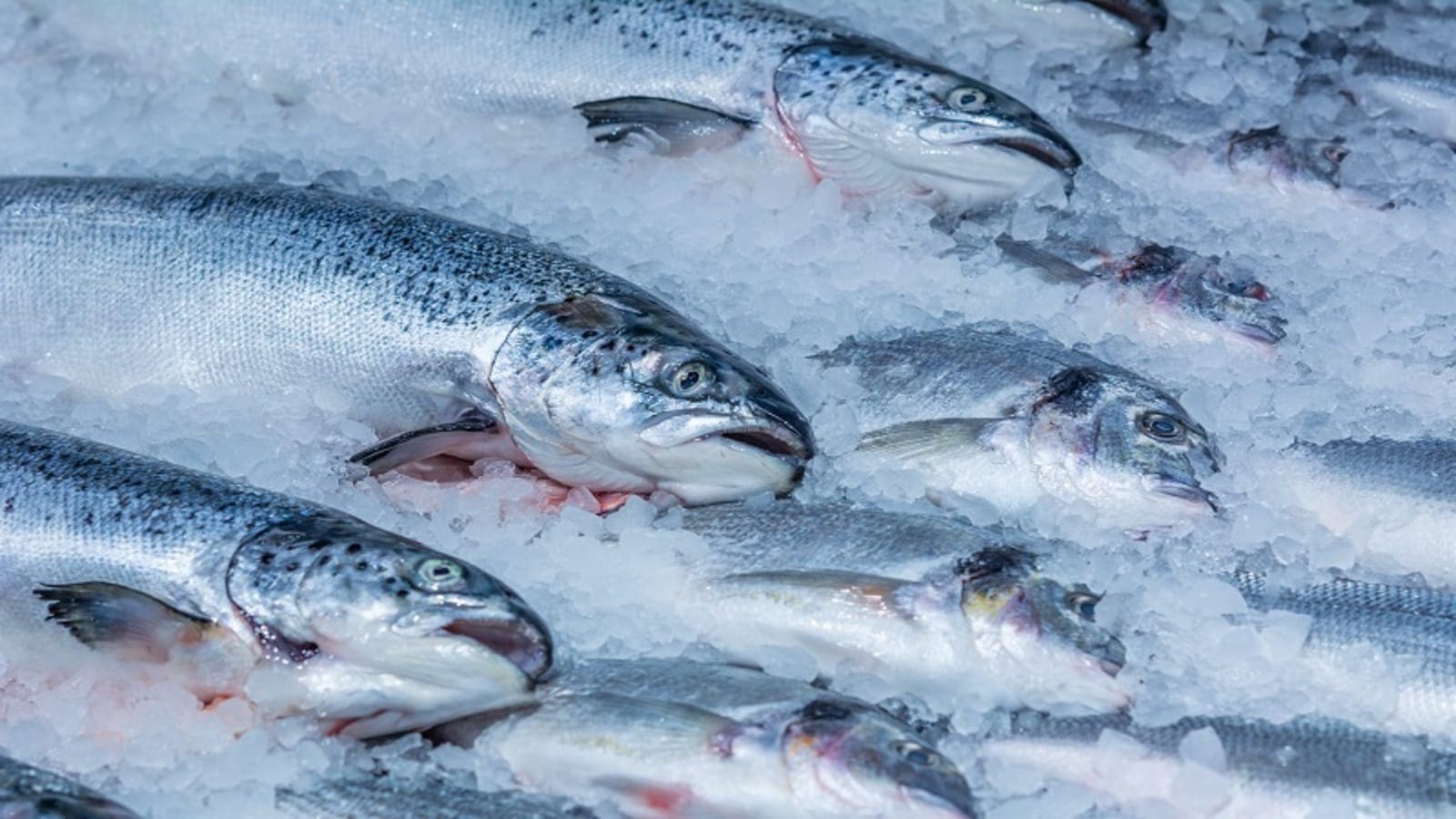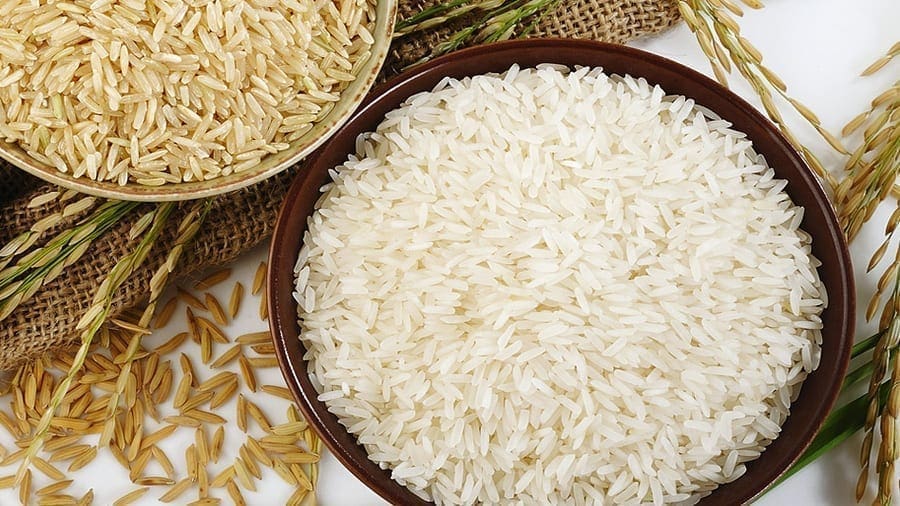ZIMBABWE – Zimbabwean’s meat consumption is estimated at 120, 000 tonnes of broiler chicken meat, 72, 000 tonnes of beef, 50, 000 tonnes of fish, and 9, 250 tonnes of pork each year.
These are findings according to a recently released reports by the Zimbabwe National Statistics Agency (ZimSTATS) who undertook “The Poverty, Income, Consumption and Expenditure Survey” in 2017.
Zeroing in to fish, the annual per capita consumption of fresh, frozen and dried fish is 3.89kg in rural and 3.64 kg in urban areas, with an average national annual per capita consumption of 3.72kg.
The estimated total annual fish consumption in 2017 was 50, 497 tonnes with a commercial retail market value of US$132 million, reports The Herald.
According to the survey, the rural population accounts for 68 percent of annual fish consumption in both volume and value while the urban community accounts for 32 percentage of the annual expenditure on fish.
Comparing fish to other meat products, the rural population accounts for 35.41 %and 26%, respectively of poultry, beef and pork products consumed in the country.
From the statistics, fish is a relatively more accessible protein product for the rural populace.
In contrast to other neighbouring regions, Zimbabwe’s per capita fish consumption of 3.72kg is lower compared to South Africa and Zambia which have 15.4kg and 6.5kg respectively.
This is attributed to the fact that the current source of fish in the country is non-sustainable as most of them are either imported or from capture fisheries.
Zimbabwe on average imported 9, 482 tonnes of fish per annum between 2017 and 2020 at a cost of US$10.2 million per annum
The major fish products consumed in Zimbabwe are fresh and frozen bream, frozen mackerel and dried kapenta, which account for 27, 28 and 26 percent of total fish consumed, respectively.
All the mackerel is imported from Namibia while some kapenta is imported from Cabora Bassa Dam in Mozambique.
Based on ZimSTATS trade data, Zimbabwe on average, imported 9, 482 tonnes of fish per annum between 2017 and 2020. These imports cost the country US$10.2 million per annum in lost foreign currency.
In addition, the locally sourced kapenta and the bulk of bream consumed in Zimbabwe is from capture fisheries.
Zimbabwe Parks and Wildlife Management Authority has been raising the alarm about overfishing in the country’s water bodies which has led to dwindling natural fish stocks during the past few years.
To reduce the country’s fish import bill and ensure sustainable growth in fish output and consumption, the Zimbabwe Fish Producers’ Association (ZFPA) has been promoting fish production through the development of fisheries and aquaculture as a fully-fledged and vibrant part of the livestock industry.
With more than 10 000 inland dams on its network of river basins, Zimbabwe has tremendous potential for increasing commercial production of fish for domestic consumption and export markets.
Liked this article? Subscribe to Food Business Africa News, our regular email newsletters with the latest news insights from Africa and the World’s food and agro industry. SUBSCRIBE HERE










